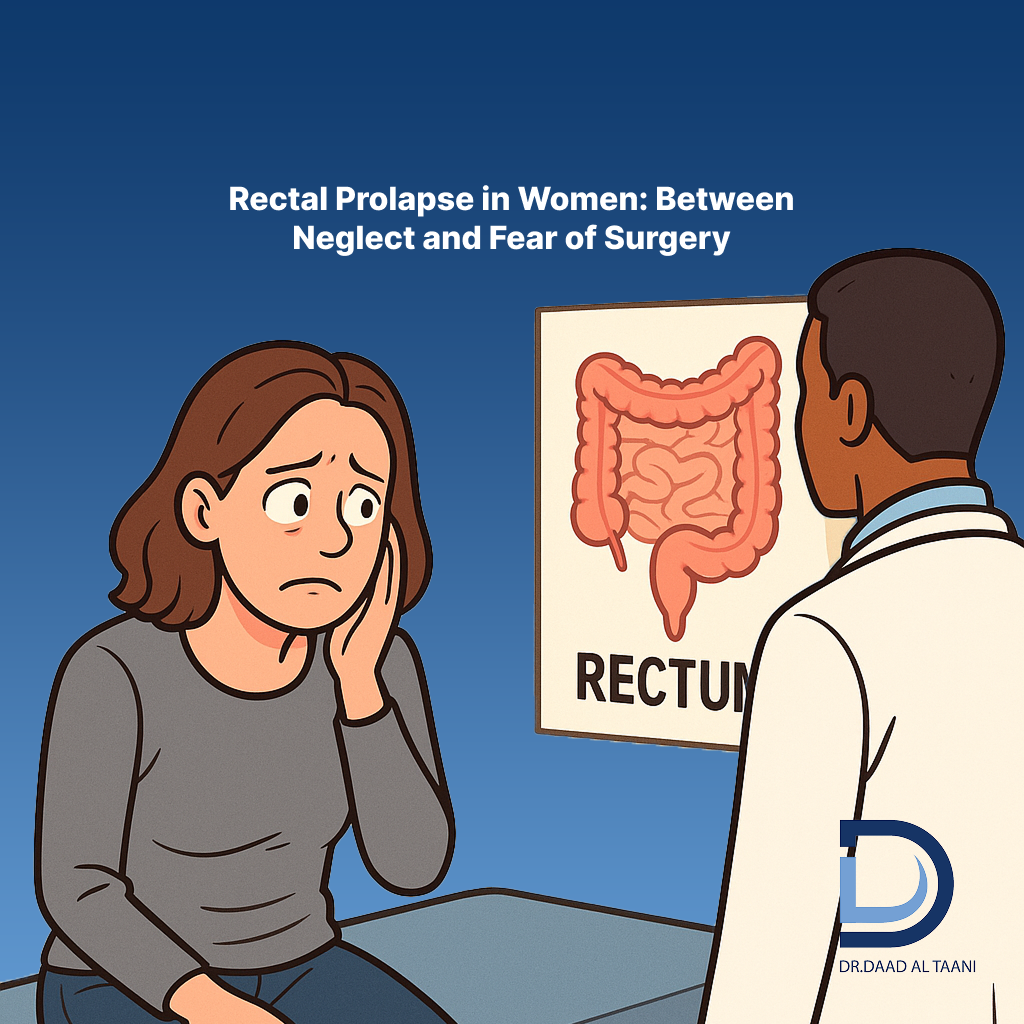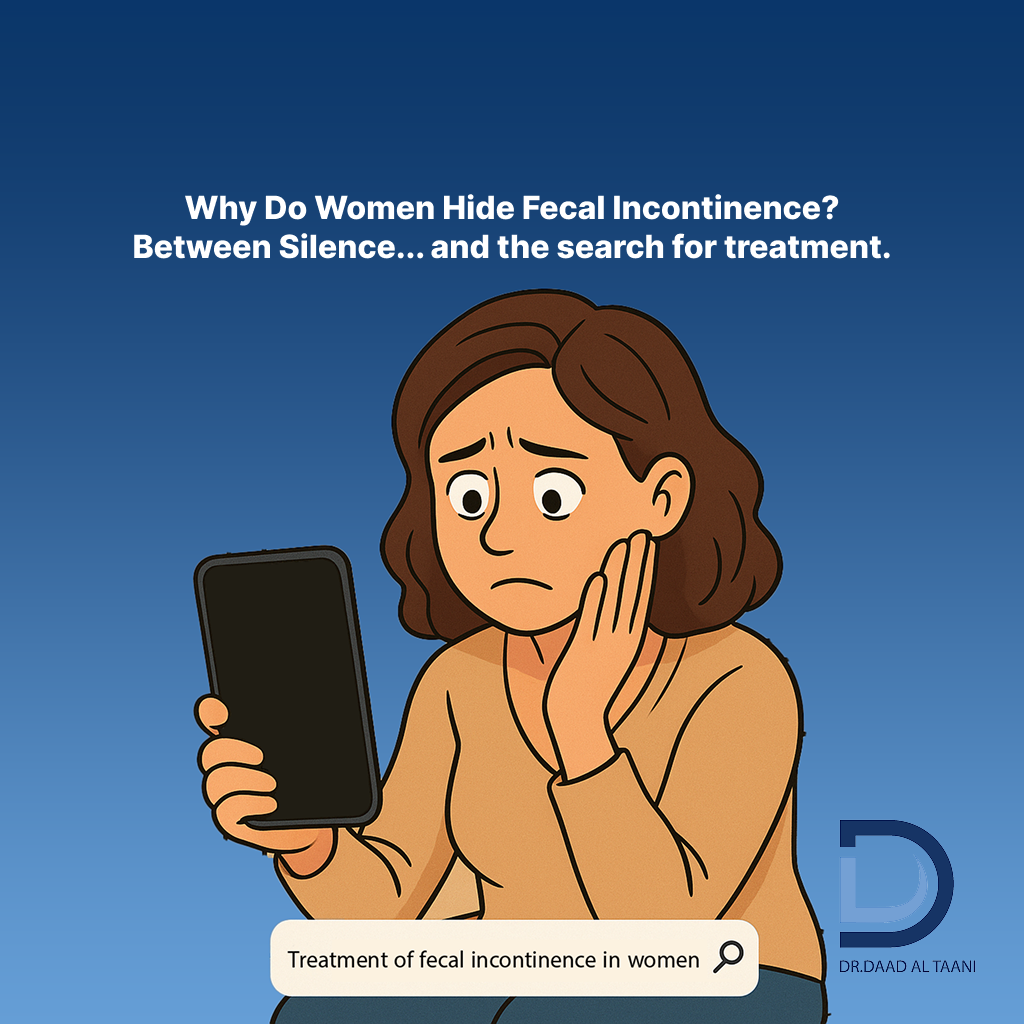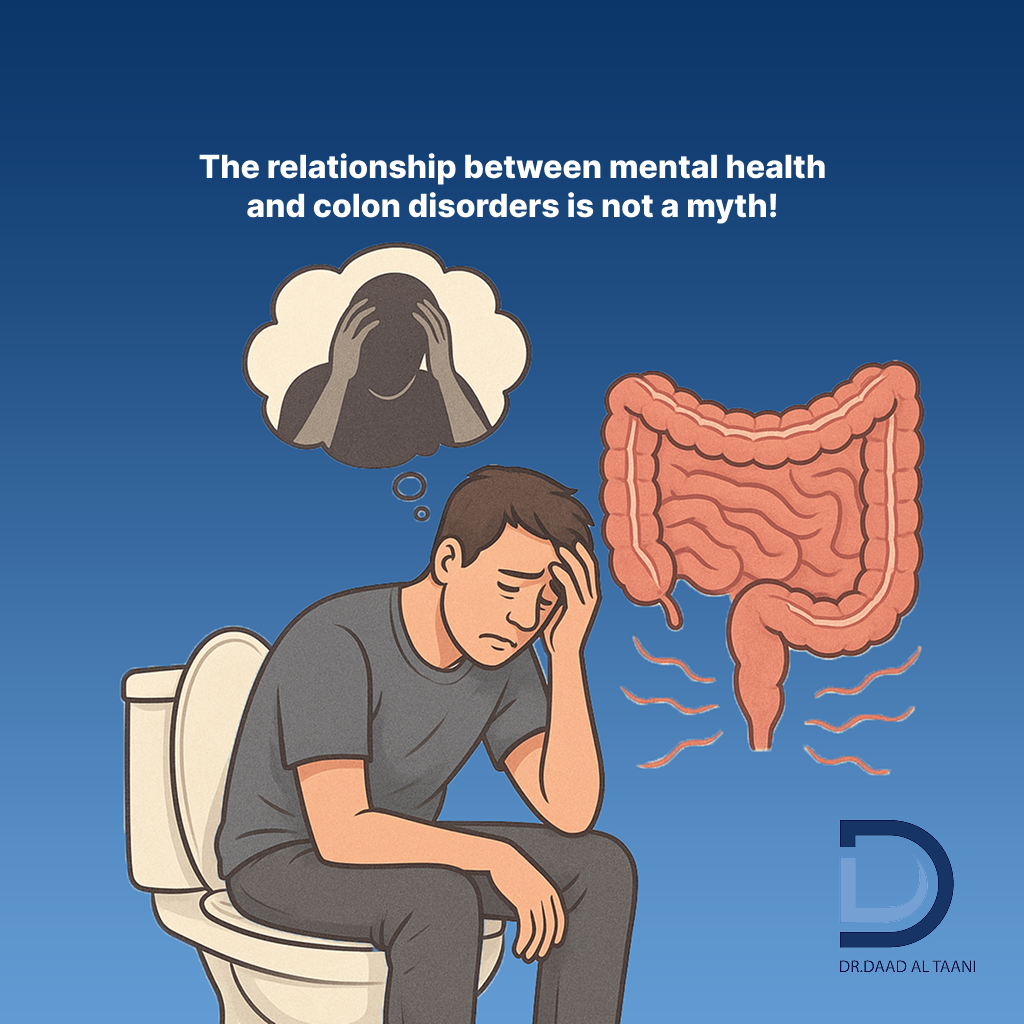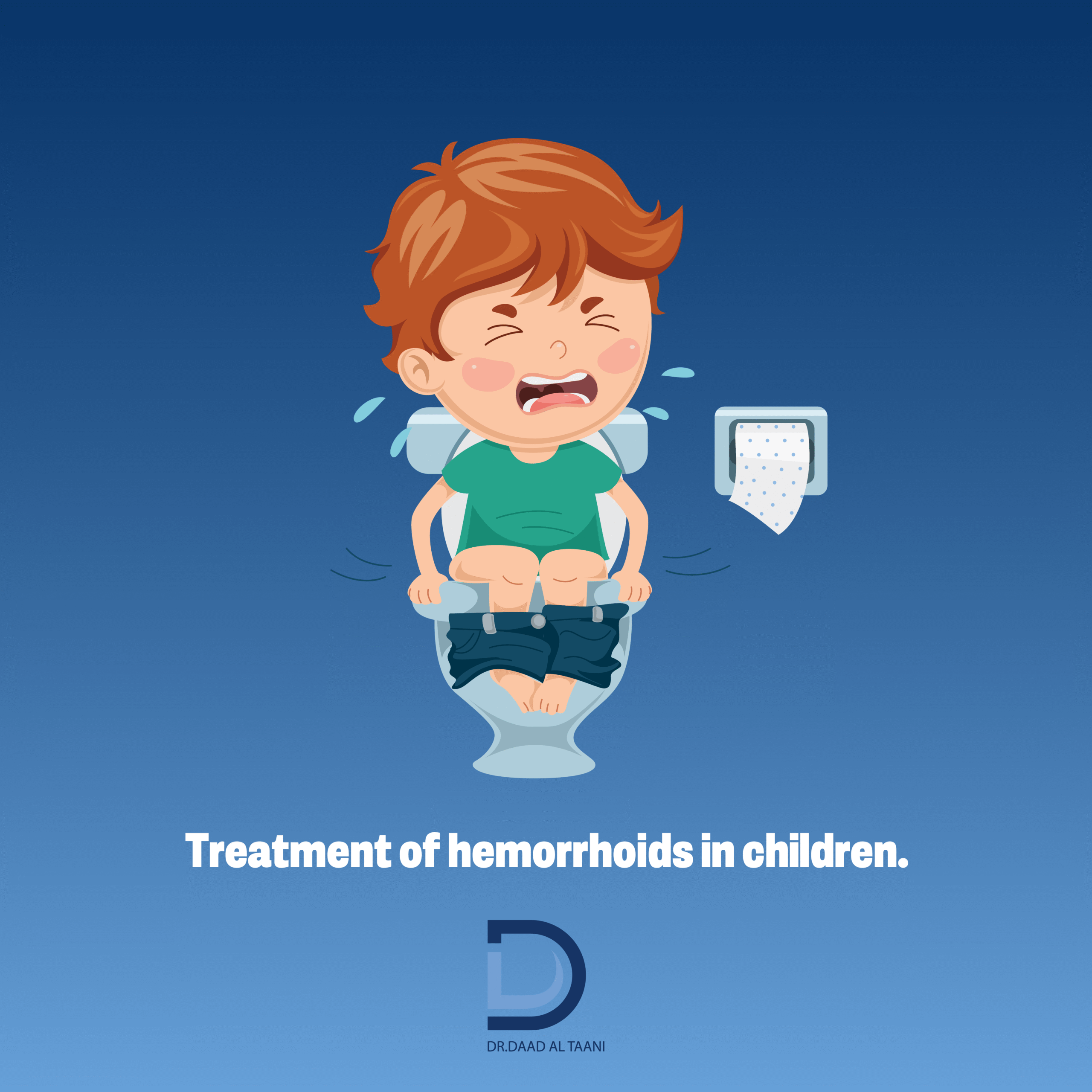Rectal prolapse in women is a condition often misunderstood, overlooked, or misdiagnosed. Many women live with it silently due to embarrassment or fear of surgery, which may result in worsening symptoms and decreased quality of life.
This article from Dr. Daad Al-Taani’s clinic sheds light on the causes, symptoms, diagnosis, and treatment options available for rectal prolapse — especially for those anxious about surgical intervention

Rectal Prolapse in Women: Between Neglect and Fear of Surgery
Table of Content
- 1. What Is Rectal Prolapse?
- 2. Causes of Rectal Prolapse in Women
- 3. Symptoms of Rectal Prolapse
- 4. Types of Rectal Prolapse
- 5. Is Rectal Prolapse Dangerous?
- 6. Why Do Many Women Fear Surgery?
- 7. Diagnosis: Early and Accurate
- 8. Can Rectal Prolapse Be Treated Without Surgery?
- 9. When Is Surgery Necessary?
- 10. Conclusion
What Is Rectal Prolapse?
Rectal prolapse occurs when the wall of the rectum (the final part of the large intestine) slips or protrudes through the anus. This can range from a minor internal bulge to a complete external protrusion that is visible during bowel movements or prolonged standing.

Causes of Rectal Prolapse in Women
Women are more prone to developing rectal prolapse, especially after the age of 30. Common causes include:
- Multiple vaginal deliveries
- Weak pelvic floor muscles due to aging or previous injuries
- Chronic constipation and straining
- Chronic coughing or conditions that increase abdominal pressure
- Previous pelvic or rectal surgeries
- Genetic predisposition or connective tissue disorders
Symptoms of Rectal Prolapse
Symptoms often begin subtly and progress over time. Common signs include:
- A feeling of pressure or fullness in the rectal area
- A visible bulge or tissue protruding from the anus, especially during bowel movements
- Difficulty with bowel movements or incomplete evacuation
- Anal pain or discomfort when sitting
- Mucus discharge or fecal leakage
- Rectal bleeding or irritation
- Frequent infections or skin inflammation
Types of Rectal Prolapse
There are three main types of rectal prolapse:
1. Partial (Mucosal) Prolapse
Only the inner lining of the rectum protrudes from the anus.
2. Full-Thickness Prolapse
The entire wall of the rectum slips out of the anus, often requiring manual repositioning.
3. Internal Prolapse (Intussusception)
The rectum folds into itself internally without visibly protruding but still causes discomfort and blockage.
Is Rectal Prolapse Dangerous?
While not immediately life-threatening, neglecting rectal prolapse can lead to:
- Worsening of symptoms and chronic discomfort
- Damage to the anal sphincter and loss of control (fecal incontinence)
- Repeated rectal infections or ulcers
- Obstruction of bowel movements
- Rarely, strangulated prolapse, which is a medical emergency
Why Do Many Women Fear Surgery?
Many women delay treatment due to:
- Embarrassment or reluctance to discuss intimate symptoms
- Fear of post-surgical complications such as incontinence
- Concerns about anesthesia or surgical failure
- Lack of awareness about non-surgical or minimally invasive options
Thankfully, modern treatments are safer, more effective, and often non-surgical in early stages.
Diagnosis: Early and Accurate
At Dr. Daad Al-Taani’s clinic, we use comprehensive diagnostic tools to assess rectal prolapse:
- Physical examination and digital rectal exam
- Anoscopy or proctoscopy
- MRI of the pelvic floor
- Defecography (X-ray while passing stool)
- Anorectal manometry to evaluate sphincter strength
Early diagnosis allows for customized, non-invasive treatment plans.
Can Rectal Prolapse Be Treated Without Surgery?
Yes. In early or mild cases, conservative treatments can reduce symptoms and prevent progression:
1. Lifestyle Modifications:
- High-fiber diet and adequate hydration
- Regular, soft bowel movements to avoid straining
- Avoid prolonged sitting on the toilet
- Daily pelvic floor exercises (Kegel exercises)
2. Medical Management:
- Use of stool softeners or laxatives
- Topical creams to reduce irritation
- Biofeedback therapy for improved muscle coordination
- Treatment of underlying causes like chronic cough
3. Sclerotherapy or Injection Therapy:
In select cases, injections can help stabilize the rectal wall and prevent further slipping.
When Is Surgery Necessary?
Surgery is considered when:
- Non-surgical treatments fail to improve symptoms
- The prolapse becomes constant or worsens
- Complications such as incontinence or ulceration occur
- Quality of life is significantly affected
Modern surgical approaches are safe and often minimally invasive, such as:
- Laparoscopic rectopexy (rectum fixation)
- Perineal surgery for elderly or high-risk patients
- Combined procedures for pelvic floor repair
Most surgeries are performed under regional anesthesia and have quick recovery times.
Conclusion
Rectal prolapse in women is a manageable condition — but only with the right awareness and timely care.
Avoiding or ignoring the symptoms due to fear of surgery can lead to complications that are otherwise preventable.
At Dr. Daad Al-Taani’s clinic, we are committed to helping women find safe, effective, and personalized treatment paths for rectal prolapse without fear or stigma.






